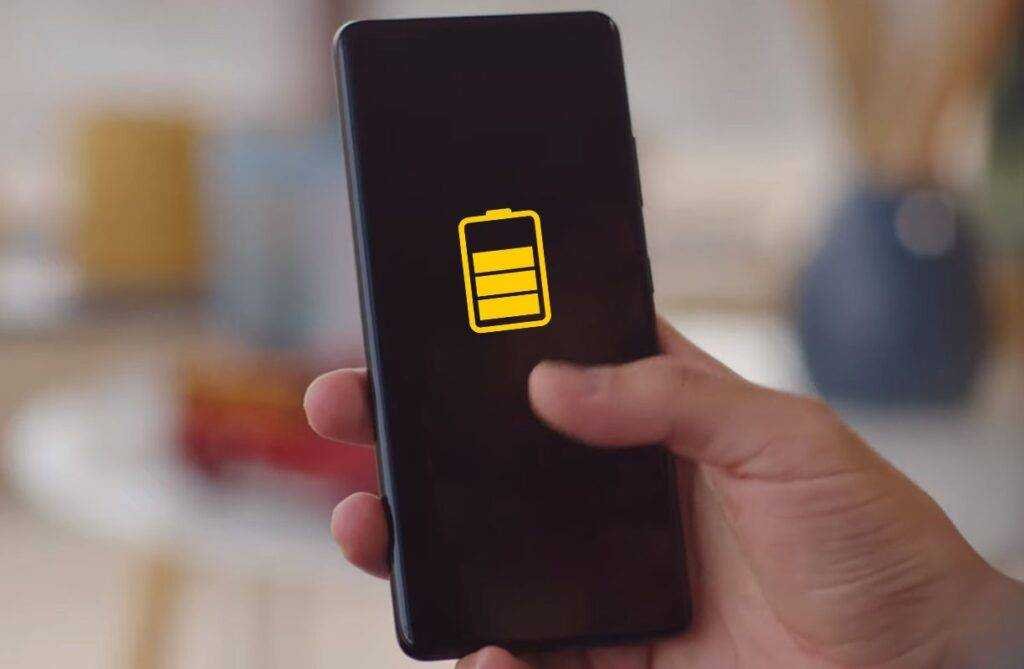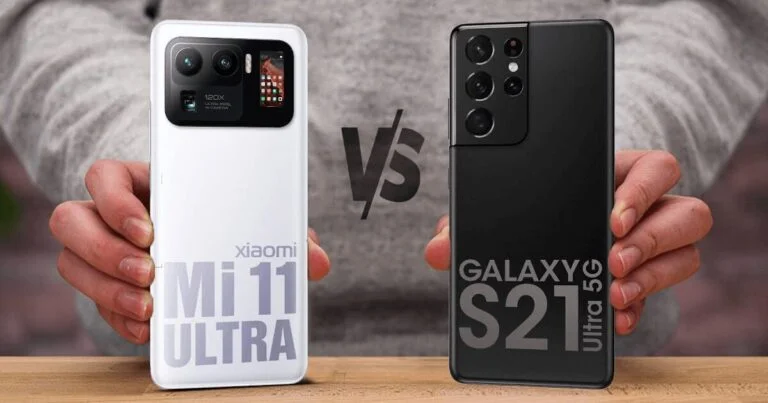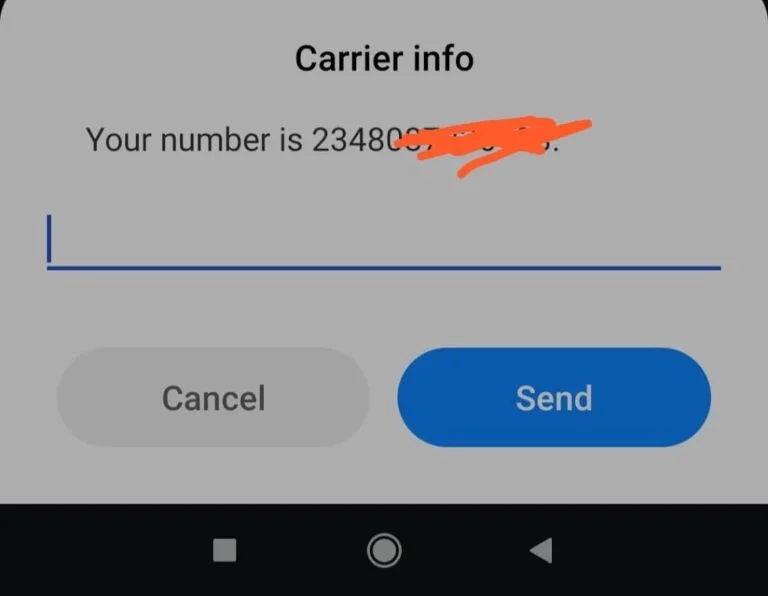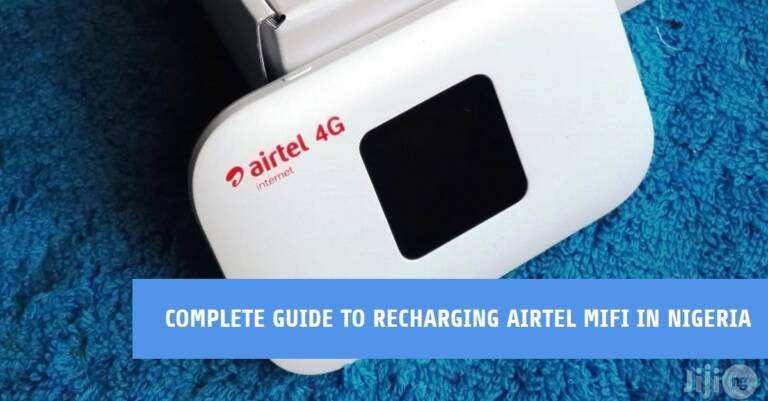How To Improve Your Galaxy S21 Ultra’s Battery Life In 7 Ways
The Galaxy S21 Ultra is one of the most versatile smartphones on the market right now. All these state-of-the-art components are powered by a 5000 mAh battery with 25W fast charging. As described in our Galaxy S21 Ultra review, the device delivers enough power to last a whole day after a single charge. However, your mileage will depend on your usage patterns and the types of features you may or may not use.
Many people don’t like to limit their phone’s performance to save battery. After all, the Galaxy S21 Ultra costs a pretty penny, and most people want all of its features to be put to good use. However, if you want to improve the Galaxy S21 Ultra’s battery life without taking drastic measures like using the most aggressive power-saving mode out there, hopefully, the following tips will help.
7 Tips To Improve The Battery Life Of The Galaxy S21 Ultra
Here are some ways to reclaim some of the lost battery life on the Galaxy S21 Ultra without sacrificing too much of your user experience or your flagship.
1. Use dark mode only
Like many Galaxy phones, the Galaxy S21 Ultra also has a dark mode that can be deactivated, activated, or scheduled. This mode is easy on the eyes as well as on the battery. If you keep it on during the day as well, you can get significant battery life, especially if you have a lot of screen time.
To enable dark mode on the Galaxy S21 Ultra, first, open the Settings app and then open the Display section. Check the box under Dark to turn the mode on, then tap Dark mode settings and make sure the Switch as the scheduled switch is set to Off.
2. If necessary, use a standard update rate
We will probably all agree that the Galaxy S21 Ultra’s adaptive refresh rate is one of its best features. Running the phone at 120Hz makes everything feel smoother and more responsive. However, these improvements come at a cost.
We recommend using 120 Hz where possible as it has a noticeably positive effect on your user experience. However, it is also about restraint when necessary. If you’re in a situation where your phone might not make it through the day and you need to conserve power, switching from the adaptive to the default refresh rate can make a big difference.
You can switch between adaptive and standard update rates by opening Settings, opening the Display section, then tapping Motion Smoothness, and selecting the desired option.
3. Lower the screen resolution to FHD +
As already explained in our Galaxy S21 Ultra review, changing the screen resolution from WQHD + to FHD + doesn’t have a huge impact on battery life. However, the benefits become more apparent when the lower resolution is paired with a standard refresh rate.
To decrease the screen resolution, go to the Display menu from Settings as before, scroll down, tap Screen resolution and select FHD + in the center. You can always try the lower HD + resolution, but the benefits probably won’t outweigh the poorer visual quality.
4. Turn off 5G if 5G is not that good
The Galaxy S21 Ultra is a 5G phone and a lot of buyers will want to use 5G where possible. That’s fine as long as your 5G coverage is reasonable. However, leaving 5G on all the time can affect battery life.
To be precise, 5G will turn off automatically if you are not in a 5G area. So there isn’t much to worry about in this one scenario. You may want to avoid leaving 5G on when using the Galaxy S21 Ultra in an area where 5G coverage is not stable. Essentially, you want your phone to stop switching from 5G to LTE and vice versa.
To turn off 5G, open Settings and open Connections, then open Mobile networks and select the LTE / 3G / 2G (auto-connect) option from the drop-down list. If your Samsung s21 ultra battery is draining fast, check here for how to solve it.
5. Leave background usage restrictions turned on
Background Usage Restrictions is an automated device maintenance feature that monitors your usage patterns and puts the apps you are not using into sleep / deep sleep. You don’t need to take any extra steps to improve battery life with the feature enabled as it will do the job for you. Optionally, you can manually add apps to the Sleep, Deep-sleep, and Never sleep categories.
You can make sure that the background usage restrictions feature is turned on by going to Settings, opening Battery & device maintenance, and selecting Battery & background usage restrictions. Optionally, you can select one of three lists and tap the plus button to manually add apps.
6. Disable advanced processing (if enabled).
Advanced processing is a new feature introduced with Android 11 / One UI 3. It is disabled by default. This means that you will not see any improvements if you follow this advice unless you have enabled advanced processing beforehand. If so, you can turn it off temporarily to save the battery.
The improved processing improves the performance of all your apps except games. This comes with energy costs as stated in the settings screen itself.
If you need a reminder to turn off advanced processing: Open Settings and go to Battery and device care. Then tap Battery and open More battery settings. You can also use the quick toggle button in the notification shade.
7. Harness the power of Bixby routines
Bixby Routines is a fantastic feature available to millions of Galaxy smartphone users including Galaxy S21 Ultra owners. It’s impossible to describe in a few words the extensive features and benefits it offers, but our Bixby Routines review is full of information.
Bixby Routines is essentially an If This Then That (IFTTT) app that you can use to create an automation for your Galaxy device. It can be used in several ways to improve battery life by creating routines. They may contain user-specified instructions that allow the phone to deactivate/activate functions or change various settings when certain conditions are met.
For example, routines can be set to automatically deactivate Always On Display and/or other features at certain times or when the battery reaches a user-defined level.
To access Bixby routines and choose predefined routines or create your own, open the Settings app and open Advanced Features, followed by Bixby Routines. You can check out these few examples of user-created routines. Note, however, that the UI of the Bixby routines has changed to One UI 3.
How do you rate the battery life of the Galaxy S21 Ultra? Have you ever taken extra steps to extend battery life on a single charge? What other energy-saving methods do you use? Speaking of which, are you using any of the new power-saving mode options introduced in One UI 3? Leave a comment below.







